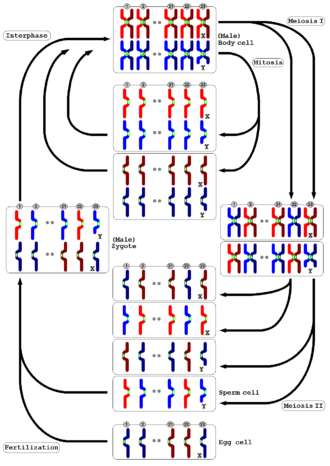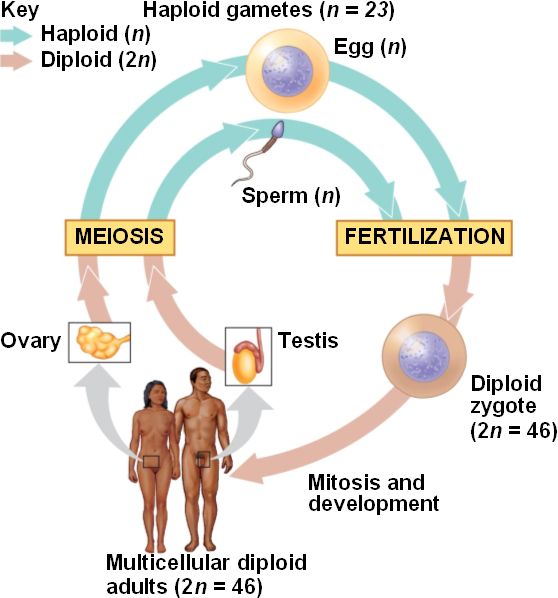Steps Involved In Gamete Formation

What Are Female Gametes? Female gametes are also known as eggs or ova.

They are haploid cells that, when fused during sexual reproduction with a male gamete (sperm), form a zygote. Let's break this down a little more.
In this lesson, you'll learn the series of steps necessary to produce a fully functional sperm cell. You'll also look at the structure of a sperm. This lesson covers what a female gamete is, how it's formed. Formation of the female Gamete. Processes and Steps of DNA Replication for the MCAT.
During sexual reproduction, two cells - one from a female organism and one from a male organism - fuse together to create a zygote, a fertilized cell. This zygote will mature into a new individual of the same species as the mother and father. The female gamete is considered a haploid cell because it only has a half-set of chromosomes.
When it fuses with the sperm of another haploid cell, their chromosomes come together to complete the set, resulting in a diploid zygote, which has a full set of chromosomes. Formation of the female Gamete Gametes (both male and female) are the products of a special type of cellular reproduction called meiosis. Meiosis is special or different due to the number of chromosomes that results from it. During normal cell reproduction, mitosis, the resulting cells have the same number of chromosomes as the original cells. In meiosis, however, the resulting cell only has half of the original number of chromosomes. There are a lot of phases and processes that occur during meiosis, but there are two main stages: meiosis I and meiosis II.
At the end of meiosis I, two cells result, each with a full set of chromosomes. These cells again go through a process of duplicating and splitting, but this time, the resulting cells only have half of the chromosomes. The resulting cells of meiosis are the gametes. Fertilization The female gametes mature in the ovary of the female's reproductive system. During a woman's menstrual cycle, one egg will be released into a fallopian tube about once a month. Here, it will wait until it fuses with the male gamete to create a new individual. This fusion is called fertilization.
Here, the two haploid cells - the egg and sperm - meet and hook up their chromosomes to complete the set. The results of fertilization are a diploid zygote with a complete set of chromosomes. In humans, a haploid cell has 23 chromosomes and a diploid cell has 46 chromosomes. Download Marine Corps Martial Arts Program Training Log Book. This fusion of the cells is where we get all of our traits (or characteristics) from - our chromosomes give us our traits. Half of the traits come from our mother, and half come from our father. Some of the traits are more prevalent, or dominant, than others and will be expressed more fully.